
A History Of Fashion In The Ottoman Empire
Armenian Genocide, campaign of deportation and mass killing conducted against the Armenian subjects of the Ottoman Empire by the Young Turk government during World War I (1914-18). Armenians charge that the campaign was a deliberate attempt to destroy the Armenian people and, thus, an act of genocide.

The Ottoman Empire Maps
The Ottoman Empire was the one of the largest and longest lasting Empires in history. It was an empire inspired and sustained by Islam, and Islamic institutions. It replaced the Byzantine.
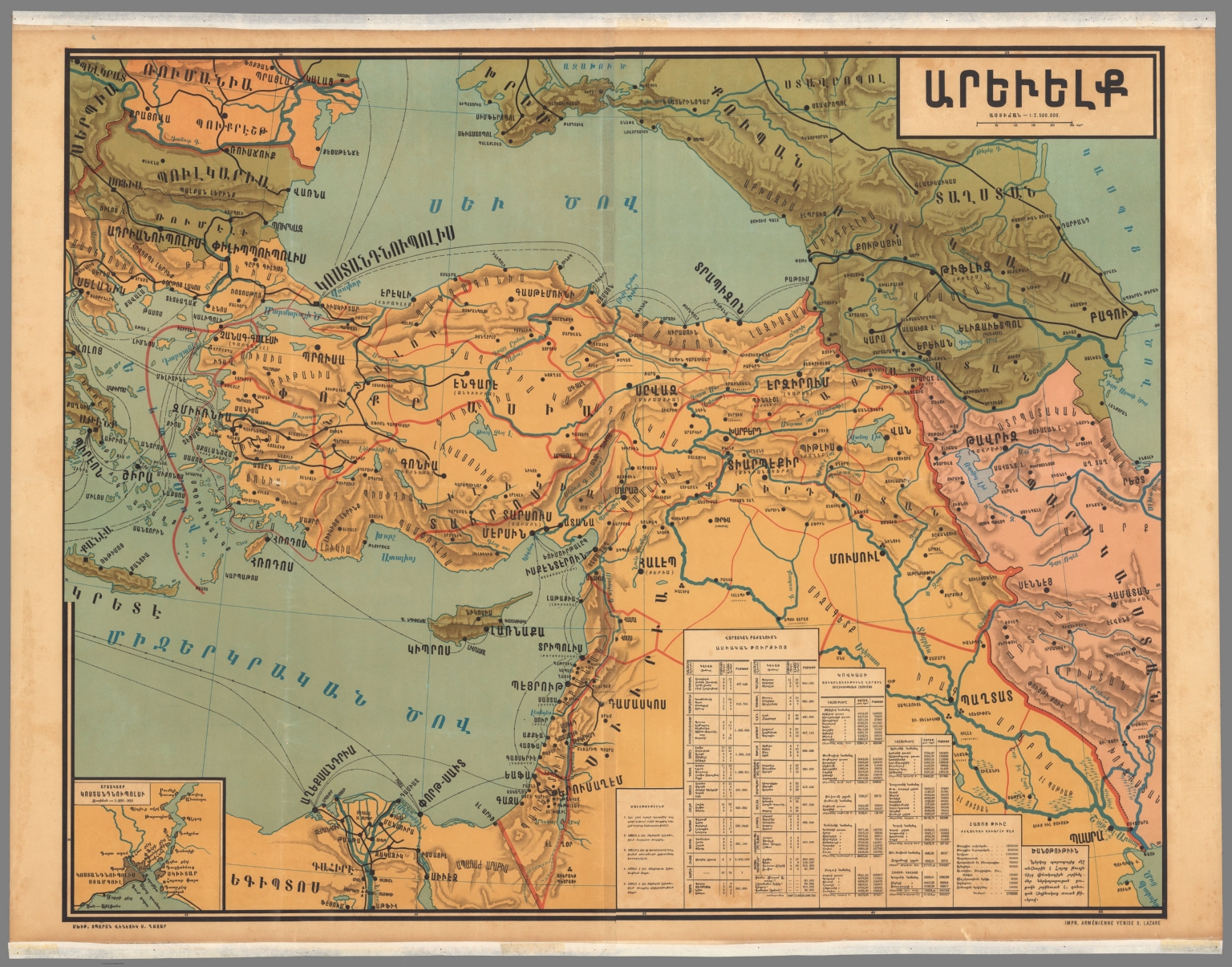
Map of the Ottoman Empire David Rumsey Historical Map Collection
According to Masami Arai ( 1991, 1), "from the beginning of the nineteenth century, in particular the age of Tanzimat onwards, most of the Ottoman reformers seem to have intended, consciously or unconsciously, to construct a nation-state from the various subjects of their empire.
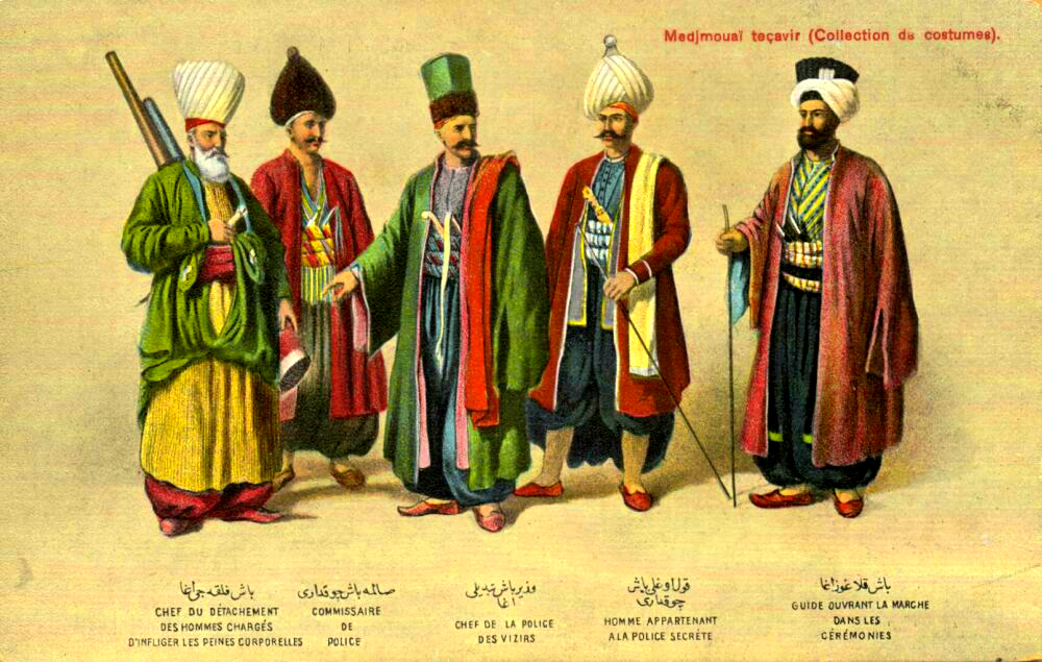
Ottoman Uniforms (Illustration) World History Encyclopedia
Few western historians have had the knowledge of Ottoman Turkish to prove them wrong. Marc David Baer's important and hugely readable book — a model of well-written, accessible scholarship.

Turkish history The Ottoman Empire at its greatest extent in 1683 overview map of its
The Ottoman Empire was one of the mightiest and longest-lasting dynasties in world history. This Islamic-run superpower ruled large areas of the Middle East, Eastern Europe and North Africa for.
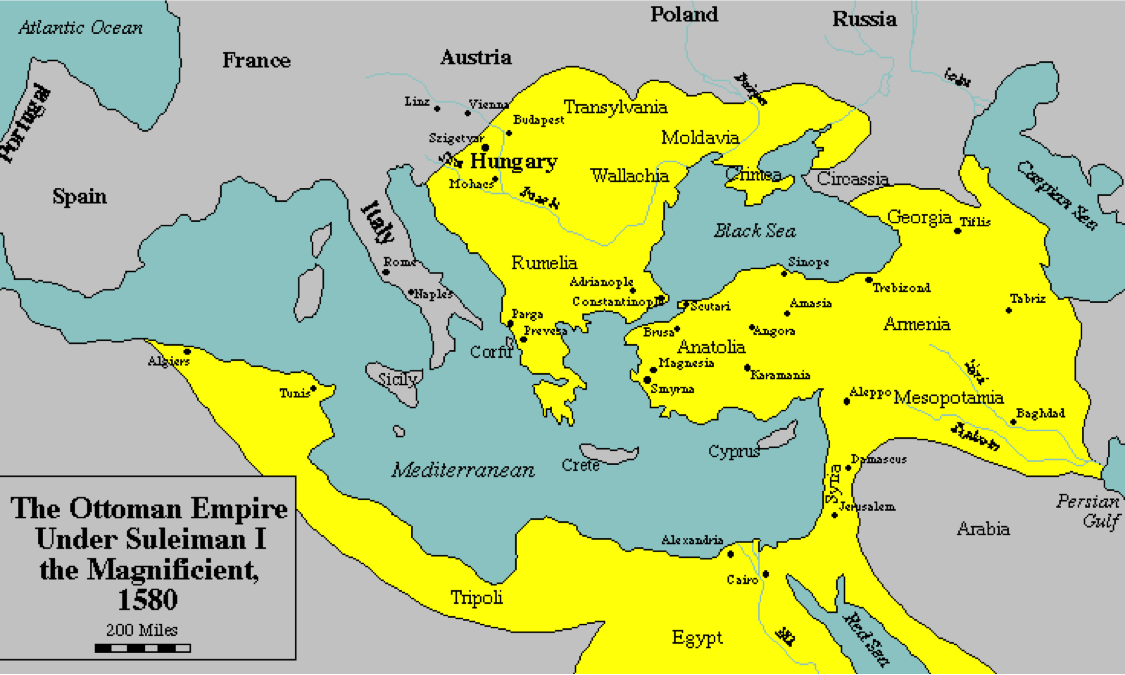
The Ottoman Empire
Ottoman Empire - Classical Society, Administration, Reforms: During the 16th century the institutions of society and government that had been evolving in the Ottoman dominions for two centuries reached the classical forms and patterns that were to persist into modern times. The basic division in Ottoman society was the traditional Middle Eastern distinction between a small ruling class of.

FileTerritorial changes of the Ottoman Empire 1812.jpg Wikimedia Commons
The Ottoman Empire, [j] historically and colloquially known as the Turkish Empire, [24] was an empire [k] that controlled much of Southeast Europe, West Asia, and North Africa between the 14th and early 20th centuries. The empire also controlled parts of southeastern Central Europe from the early 16th to the early 18th century. [25] [26] [27]
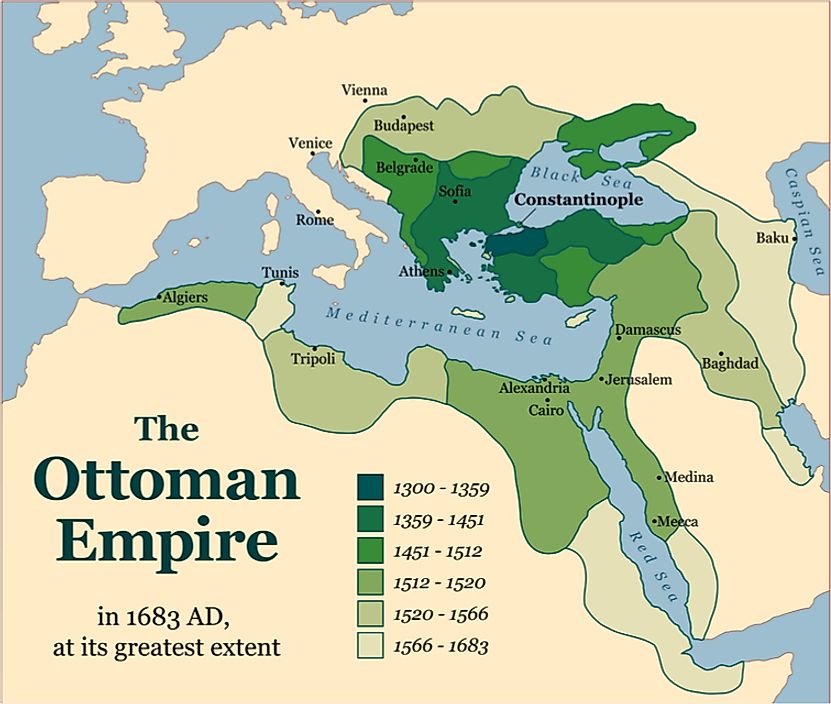
Why Did the Ottoman Empire Fall? WorldAtlas
By the early 16th century, the Ottoman empire had one of the largest Jewish communities in the word. Constantinople, the city wasn't officially renamed Istanbul until 1930, became a real blend.
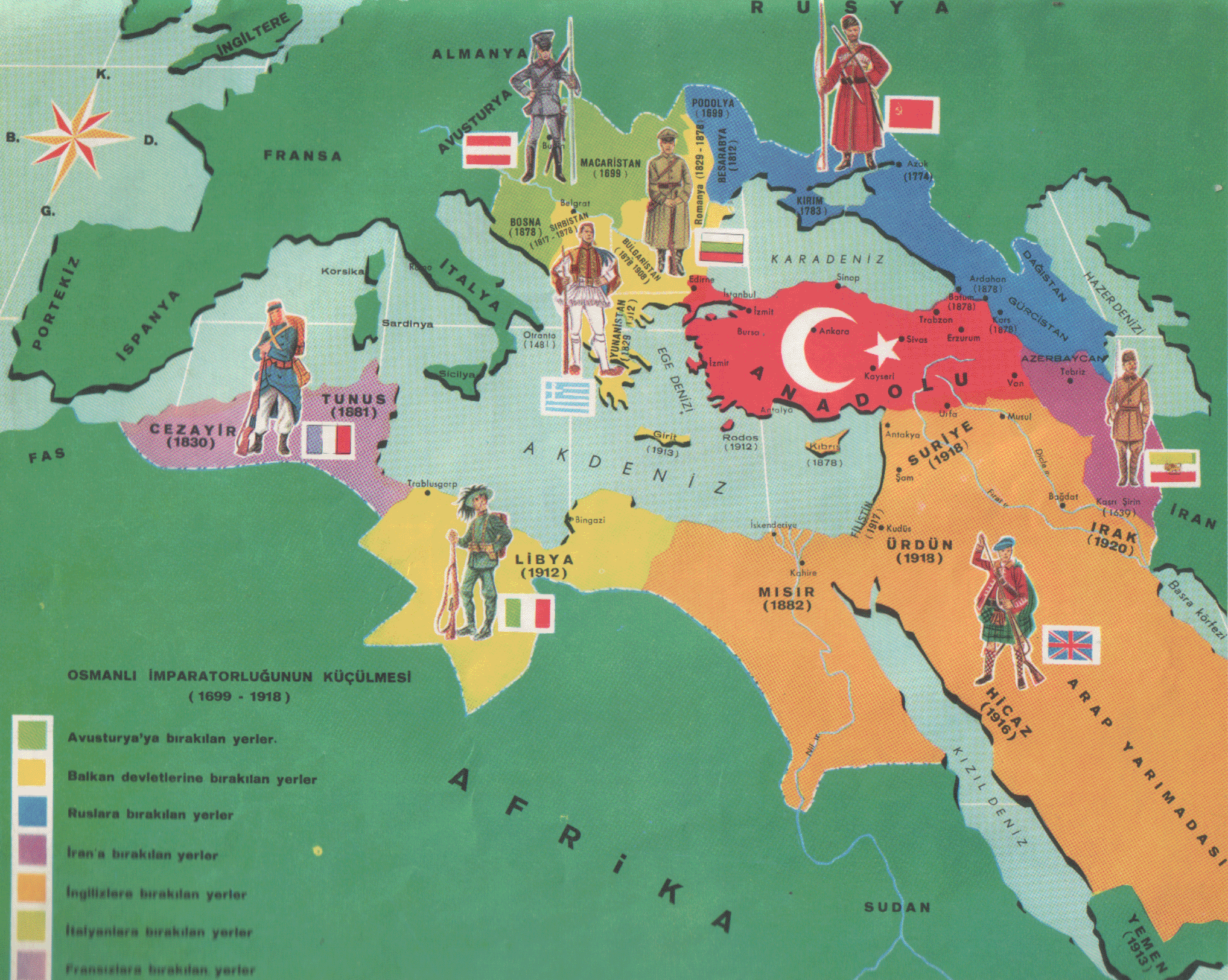
Ottoman Empire Map At Its Height, Over Time Istanbul Clues
The Ottoman dynasty, named after Osman I, ruled the Ottoman Empire from c. 1299 to 1922. During much of the Empire's history, the sultan was the absolute regent, head of state, and head of government, though much of the power often shifted to other officials such as the Grand Vizier.
:max_bytes(150000):strip_icc()/GettyImages-520722811-5b3165c804d1cf0036abee61.jpg)
The Sultans of the Ottoman Empire 1300 to 1924
The Ottoman Empire was named for Osman I (1259-1326), a Turkish Muslim prince in Bithynia who conquered neighbouring regions once held by the Seljūq dynasty and founded his own ruling line c. 1300. Ottoman troops first invaded Europe in 1345, sweeping through the Balkans. Though defeated by Timur in 1402, by 1453 the Ottomans, under Mehmed.

ottoman_empire_official_costumes_35 Official Costumes of t… Flickr
Imperial prince Male descendants of a sovereign in the male line. Gentleman ( çelebi, چلبى ). Used before the reign of Mehmed II. Format style: " (given name) Çelebi ". Sultan Imperial Prince ( şehzade sultan ), or simply Imperial Prince ( şehzade, شاهزاده ). Format titles and styles:
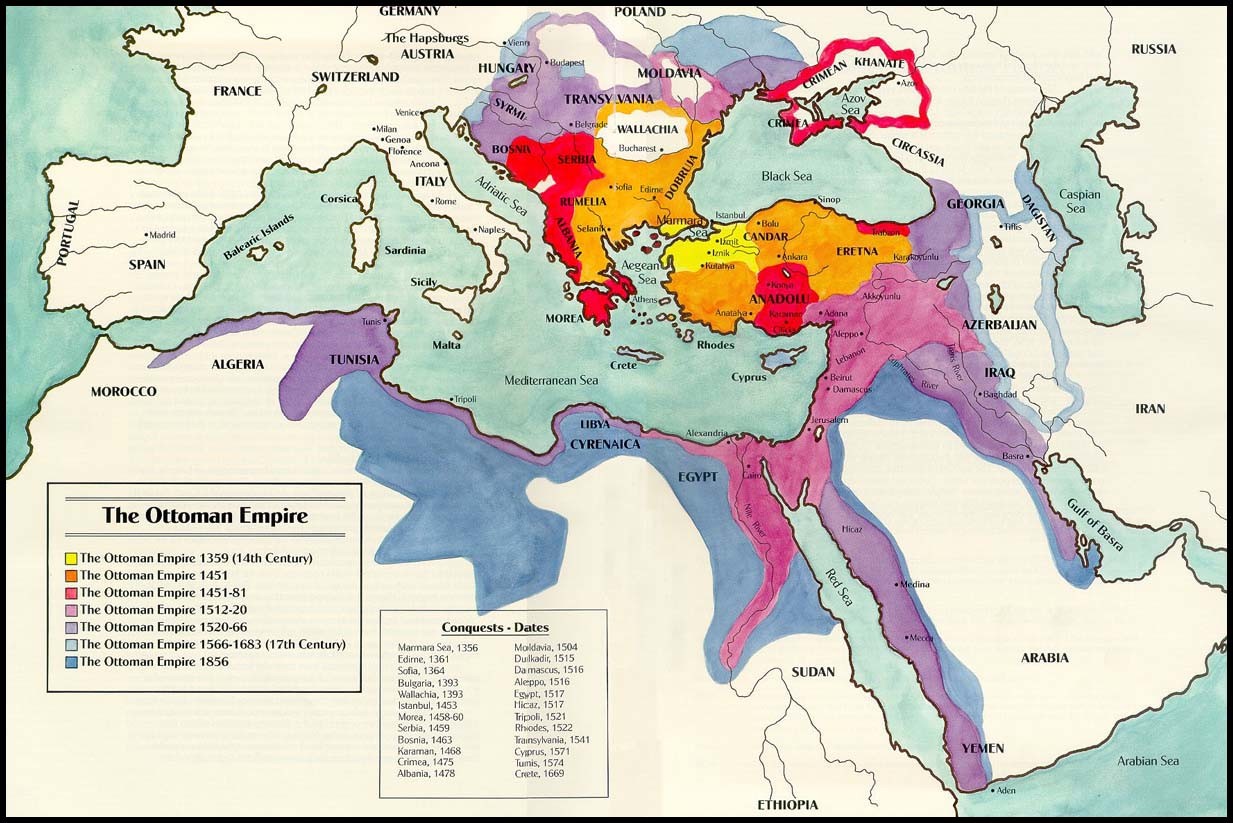
The Rise Of The Ottoman Empire Istanbul Tour Guide
Official Ottoman Empire Languages. The Ottomans had three influential languages. The three languages were known as "Alsina-i Thalātha" (The Three Languages) and included Turkish, Arabic, and Farsi. The majority spoke Turkish of people in Anatolia. The majority of the Muslims in the Balkans also used Turkish as their mother tongue.
Ottoman Empire 1587 Murad III (Labeled) r/MapPorn
The Ottoman Empire was founded in 1299 and rather quickly expanded from its origins as one of many Turkish states that rose to power after the decline of the Seljuq Turks in Anatolia (modern-day Turkey).. Painting of an Ottoman administrative official sitting outside in a garden on an ornate, red carpet. Mothers and fathers look on as their.

The Ottoman Empire at its greatest extent in 1683, and Turkey today Stock Photo 76656808 Alamy
The sultans of the Ottoman Empire ( Turkish: Osmanlı padişahları ), who were all members of the Ottoman dynasty (House of Osman), ruled over the transcontinental empire from its perceived inception in 1299 to its dissolution in 1922.
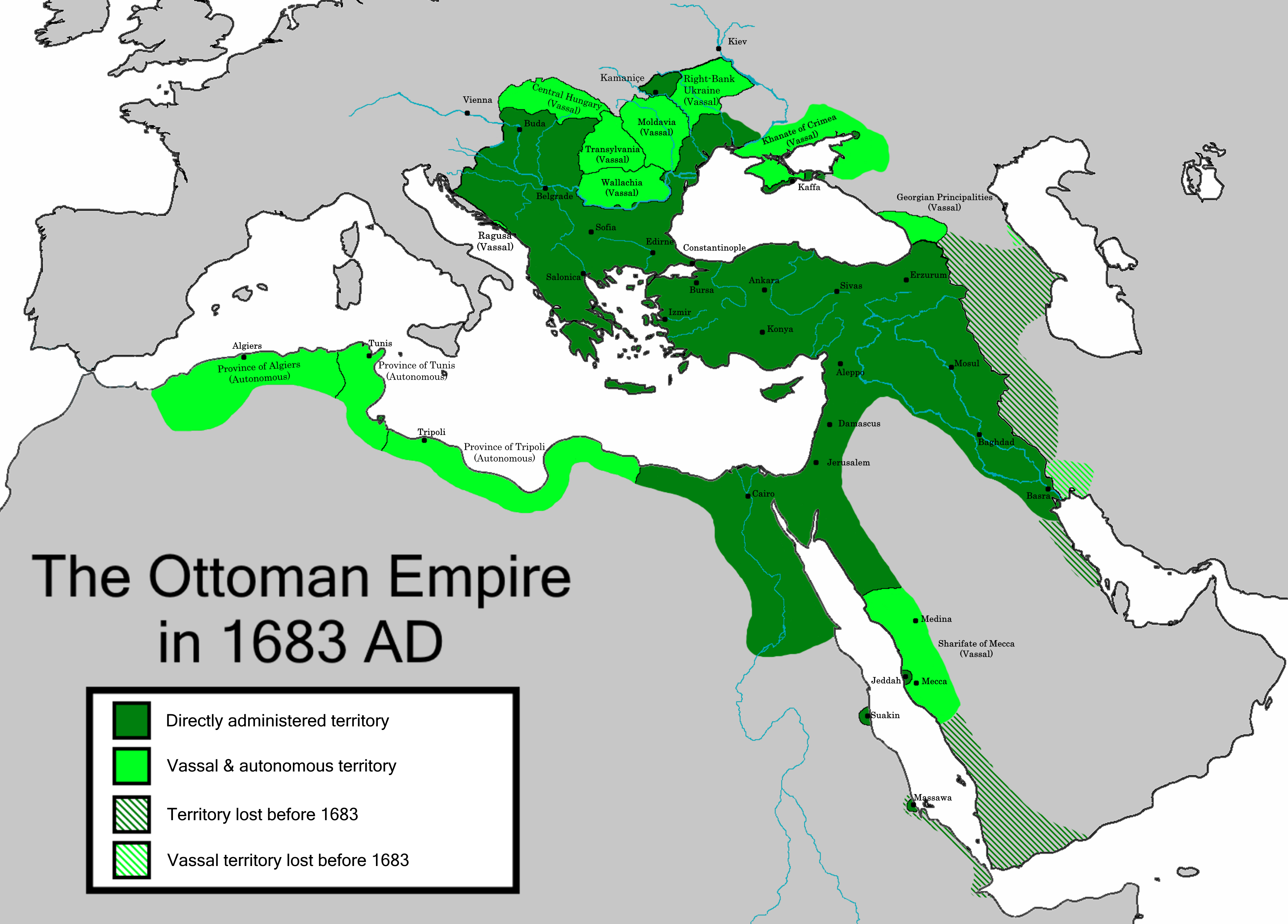
The Greatest Extent of the Ottoman Empire in Europe (1683 CE) (Illustration) World History
(September 2021) Throughout the empire's history, Turkish enjoyed official status, [1] having an important role as the lingua franca of the multilingual governing elite. [14] Written in Perso-Arabic script, Ottoman Turkish contained many loanwords from Arabic and Persian. [15]

The Ottoman Empire Maps
The Ottoman Empire represents one of the largest imperial projects in human history, ruling vast territories in North Africa, the Balkans, and the Middle East over a period of some five centuries.During its history, it did much to sustain Islamic civilization. Outsiders and insiders have had different perceptions of the Ottoman Empire. Outsiders often viewed it as a threat; for insiders.